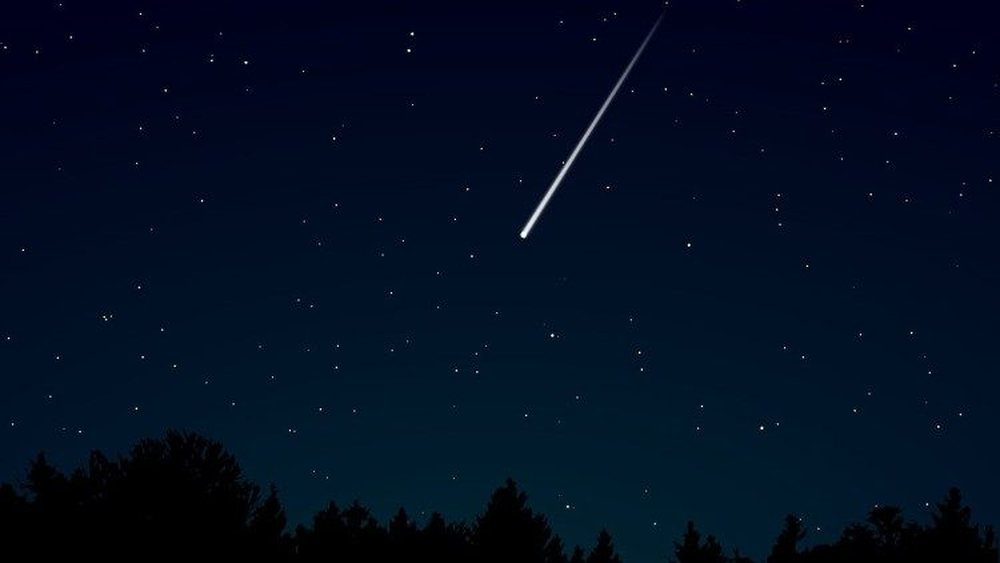
August 10 is traditionally the night of St. Lawrence, known as the night of the shooting stars. According to popular custom, on this evening (and the nights before and after it) everyone turns their eyes to the starry sky — often using telescopes to better enjoy the magnificent view of the stars. The hope is to see a “shooting star” and make a wish, trusting the infinite sky.
Who was Saint Lawrence and why August 10 is associated with falling stars?
According to tradition, the “falling” stars on this August night are nothing more than the tears of the saint. Saint Lawrence was one of the seven deacons of Rome, a city where he lost his life in the year 258, precisely on August 10, during the persecution of Christians ordered by the Roman emperor Valerian. Originally from Spain, according to hagiography, he arrived in Rome following the future Pope, Sixtus II. When the latter was elected bishop of Rome, Lawrence was entrusted with the charitable work of the diocese, taking care of the poor and widows.
Following a decree ordering the death of all bishops, priests, and deacons, the exact manner of his execution remains uncertain—but legend has it that he was burned alive on a fiery grate, hence the grille (graticola) as his symbol. Since the 4th century, Saint Lawrence has been one of the most venerated martyrs of the Roman Church. He is today known as the patron saint of librarians, booksellers, cooks, confectioners, firefighters, and glassworkers. He is also the patron saint of the cities of Grosseto and Tivoli, and one of the three patron saints of Perugia.
The connection between Saint Lawrence and falling stars
What connects the story of this saint to the night of the shooting stars? The feast of St. Lawrence commemorates the day he was burned alive, so people look to the sky expecting to see a shooting star — a symbol of the embers of his sacrifice. According to a popular belief, the shooting stars are the tears of St. Lawrence himself; anyone who sees one of them must make a wish, which is said to come true.
Scientifically, this phenomenon is explained differently: in August, the Earth's orbit passes through a meteor shower known as the Perseids. For this reason, on August 10 and the days surrounding it, it is easier to see this spectacle in the night sky. These are not real shooting stars, but meteors that burn up in the atmosphere. The night with the most "shooting stars" is usually August 12, when the Perseids reach their peak.






















